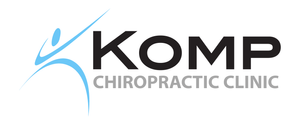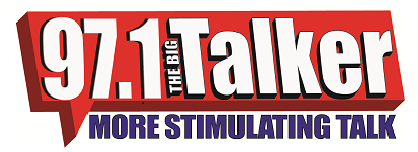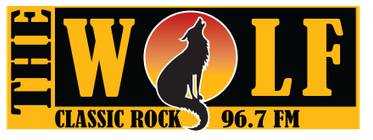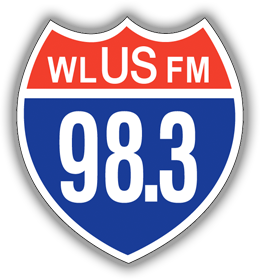IS MYOFASCIAL RELEASE EFFECTIVE?
Myofascial Release Therapy is the most effective natural way to relieve pain. You may be wondering if such treatment is truly effective. This blog will provide you with a clear picture of how Myofascial Release Therapy works and the benefits it can provide you.
Fascia is a connective tissue that runs throughout the body and supports and protects muscles and bones. Fascial stiffness causes excruciating pain and limits body movement. Injury, poor posture, stress, lack of body movement/sedentary inactivity, inflammation, anxiety, depression, obesity, exhaustion, and various other factors can all contribute to this. Because fascia is connective tissue, stiffness in one area can cause pain in another.
Myofascial Release Therapy is a gentle hands-on massage technique used to release the affected fascia tissue because it treats myofascial pain while also balancing the entire body. This therapy is divided into two types, which are equally important: direct release and indirect release. Direct release, also known as deep tissue release therapy, is a technique that involves applying some force or weight to the affected area of fascial stiffness to improve tissue extensibility. Indirect release, on the other hand, is a gentler method in which the Specialist applies less pressure to unwind fascia.
Types of Myofascial Release
Myofascial release can be classified as either passive or active. Here's more information on these two approaches and types of myofascial release:
- Passive myofascial release: In passive myofascial release, the therapist's movements are guided by the patient's body; the therapist is trained to find and identify tension in the patient's fascia and observe how the patient's body responds to treatment. This influences the therapist's approach, influencing where the patient's fascia is stretched, how much pressure is applied, and how long.
- Active myofascial release: In active myofascial release, the patient is directed to contract and relax specific muscles under the therapist's supervision.
A session may include both passive and active myofascial release techniques or only one.
Myofascial therapy can help patients prepare for more aggressive forms of strengthening by targeting specific areas of the fascial system, or it can provide pain relief for patients with limited flexibility and movement, allowing patients to return to normal movement and greater function. Many chiropractors offer this treatment at their clinic, if you would like further information or if you have more questions on this topic, you may want to contact your local clinic.
Where is myofascial release effective
This therapy relieves tissue tightness that pulls your body out of alignment, resulting in movement imbalances and feelings of excess pressure. Myofascial release has been shown to effectively reduce pain and stiffness in a variety of areas, including your: (1)
- Shoulders and neck
- Arms
- Head and jaw
- Lower back
- Thighs
- Calves
- Hips
- Feet
Myofascial Release Therapy not only helps to release tightened fascia, but it also aids in the maintenance and restoration of overall body balance. Some of the advantages of undergoing such an amazing therapy are as follows:
- Corrects muscle imbalances
- Can help alleviate headaches or migraine symptoms
- Improves joint range of motion and overall flexibility
- Relieves muscle soreness and joint stress
- Reduced adhesion's and scar tissue from injuries or surgeries
- Promotion of healing are often part of the therapy's intent, including feeling more grounded and centered in your body; calms the nervous system
- Decreased overall effects of stress
Myofascial Release therapy is designed to address and support a wide range of chronic pain conditions, and it is typically repeated over several sessions to ensure long-term efficacy. Self-myofascial release techniques, such as those performed with a foam roller, may also be recommended to help support the effects of the treatment.
The benefits of regular myofascial release therapy
Myofascial release therapy improves the range of motion for the majority of people. As the therapy aids in tissue and cellular recovery, soreness from injury or overuse resolves as well. Despite the intensity of the massage technique, it helps your entire body relax and improves circulation, making you feel less tense and stressed. (2)
How does myofascial release work?
Myofascial release techniques (MFR) are designed to get into those hard knots and smooth them out, restoring the fascia to its normal fluid and adaptable state. MFR involves applying gentle, sustained pressure to points of restriction (those bunched up spots) to allow the connective tissue to release. Consider a cold stick of butter. Sharply jabbing your finger into it will only hurt your finger and not make a dent in the butter. However, if you place your finger on the butter and apply gentle pressure, you'll notice that you can slowly sink into the stick of butter, melting your way into it. This is what happens when an MFR therapist works on the body or when performing Self Myofascial Release with myofascial release tools like rollers and balls. (3)
The foregoing has proved why, today, Myofascial Release Therapy is the most viable, natural option in treating any type of pain: back pain, neck pain, joint pain, and so on. The goal of this specialized therapy is to find and treat the source of pain. It's that simple, and there's no other way to put it. We encourage you to visit your local chiropractic clinic with any questions you may have regarding myofascial release therapy.

























